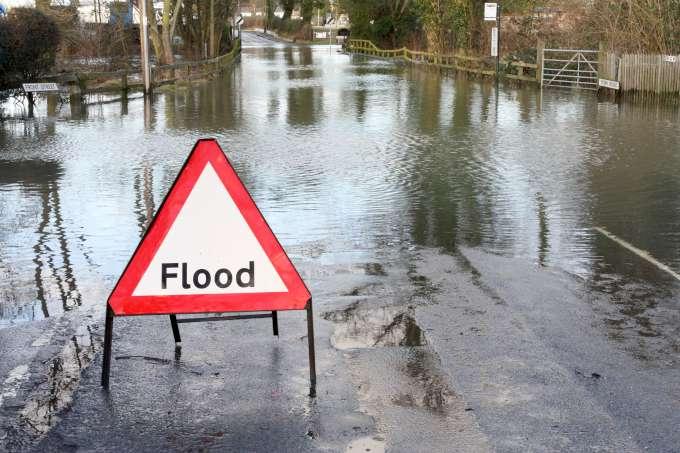UK: Flood defences save £1.1 billion a year

Globally, flooding accounts for the greatest amount of loss and damage out of all natural hazards. Indeed, between 1998 and 2017 there were 3,148 floods around the world, directly affecting over two billion people.
Within the UK, the latest figures show flooding is the major hazard within the British Isles. One in six homes in the UK are at serious risk of flooding, equating to 5.2 million households. It is therefore essential that the known-risks associated with flooding are reduced and policy is developed to counter those risks that can’t be minimised or reduced.
A recent study, commissioned by Flood Re and carried out by Risk Management Solutions (RMS) has shown that flood defences are an effective way of reducing the economic impacts of flooding. Indeed, the work carried out by RMS for Flood Re found that flood defences have reduced the potential financial loss caused by inland flooding by an average of £1.11bn per year.
Furthermore, the study found that the average total potential losses caused by inland flooding in the UK comes to £1.77bn a year. Where inland flood defences such as walls, levees and embankments are in place, this falls by 63% to £663m. A clear economic case for continuing investment in flood defences.
The research, which marks the first time that the financial value of inland flood defences has been quantified, used the case study of Storm Desmond to explore the real-world impact of defending against floods. It analysed the damage and financial losses associated with the storm in 2015 (resulting in costs of over £520million in the UK alone), which the study suggests would have been £2.20bn higher if flood defences had not been in place.
Given that residential properties receive an average 42% of the savings from inland flood defences, the report found that in the instance of Storm Desmond, homeowners would have been subject to a further £900m worth of damage if the flood defences had not been in place.
As with most disaster types, the levels of vulnerability and loss experienced will differ across the social spectrum and the study found that close to half of the £1.11bn saving (42% or £462m) benefitted residential properties; the majority of those households (70%) benefitting from reduced losses were those categorised as the most deprived households.
About Flood Re
Flood Re exists to promote the affordability and availability of flood insurance for households across the UK. Flood Re’s operation promotes a competitive insurance market that customers can take advantage of. Flood Re does not set consumer prices – this remains a decision for insurers to make.
Insurers can place the flood risk element of domestic property insurance with Flood Re at a premium linked to property Council Tax bands. Flood Re sits in the background, with the purchase of the policy and the process of making a claim being unchanged.
Flood Re has a rating of A- “stable” outlook by Standard and Poor’s, one of the world’s leading independent credit ratings agencies. Flood Re is regulated by the Prudential Regulation Authority and the Financial Conduct Authority.
Kevin Blanchard is the Transition Executive within Flood Re, which is a joint initiative between the UK Government and insurers within the UK market and aims to make flood cover more widely available and affordable. Flood Re helps households at the highest risk of flooding and provides information about taking action to reduce flood risk.
Editors' recommendations
- UK: New Mersey designs show the multiple benefits of tidal barriers
- Scour risk to UK bridges disrupting over 8 million journeys per year
- UK: Climate-driven extreme weather is threatening old bridges with collapse
- Floods will cost the UK billions, but AI can help make sewers the first defence
- UK: Environment Agency Chair calls for new approach to flood and coastal resilience